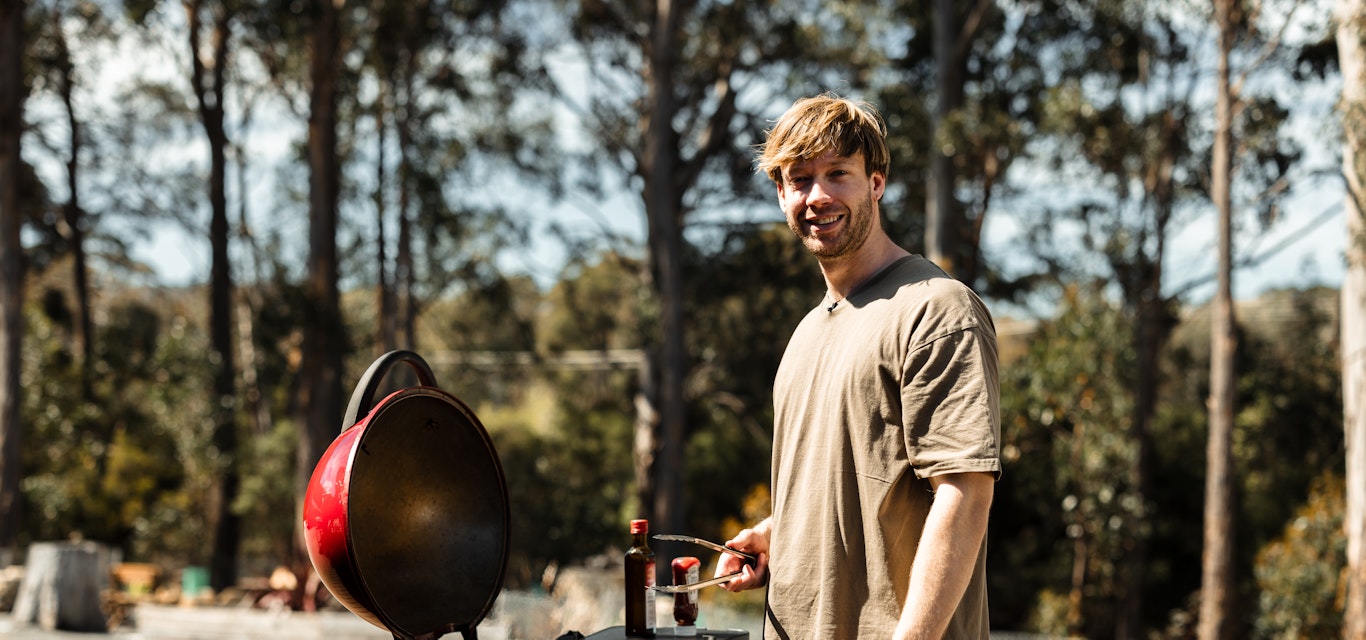Know your current fire restrictions
Fire restrictions are crucial measures implemented by authorities to minimise the risk of fires, and protect both lives and the environment. These restrictions are especially vital in areas prone to droughts and high fire danger. By enforcing fire restrictions, authorities aim to prevent the accidental ignition of fires during periods of heightened fire risk, typically during hot and dry weather conditions. These measures help reduce the potential for devastating fires that can result in loss of life, destruction of property, and significant environmental harm.
Fire restrictions also promote responsible and safe outdoor activities, emphasising the importance of adhering to regulations to ensure the well-being of communities and the preservation of natural landscapes.
Before you spark your next flame, check whether there are current restrictions, and use our guide below to understand how you can exercise flame safety.
Register your burn
On days where you're permitted to burn large heaps or land, you should register your burn with the Tasmania Fire Service by calling 1800 000 699. In doing this, you can help prevent false alarms.
Campfire safety
Ensure you're aware of the current fire restrictions before you light your next campfire, and check out the Tasmania Fire Service guide Using Fire Outdoors to ensure your campfire placement is appropriate.
Never leave your campfire unattended. When leaving your camp site, ensure your fire is completely out. You can do this by using water and using the soak it, stir it, soak it again method. Don't use soil or sand to extinguish your fire, as it can still smoulder under soil and sand, and can stay hot for more than eight hours.
Fire pits
Did you know that total fire bans include the use of fire pits? So, before you retire for the evening around the fire pit with friends and family, make sure you've checked the current restrictions.
Before you ignite those flames, consider the following:
If you're in a current fire permit period, you must ensure there is a clearing of at least three meters around it. This zone should be clear of any flammable materials.
The fire pit should be kept clear of structures and foliage.
Ensure your fire pit is placed on a non-flammable surface.
Always have a continuous supply of water or an extinguisher at the ready to put out your fire.
Never leave your fire unattended.
Ensure there is a responsible adult watching and controlling the fire.
Always watch children and pets around open flames. Ensure children understand the dangers of getting too close.
Remove debris from the last fire before starting a new one.
Barbeques
You can use your gas and electric barbeques all year round. But, during a total fire ban you must ensure there is a clearing of at least one meter around it. Don't forget, always keep looking while cooking.
After each use, ensure you give your barbeque a good clean. Regular cleaning not only ensures your grill operates efficiently, but it also removes fat and other build up, which can be a fuel source for potential fires. By investing time in proper maintenance and cleaning, you not only extend the life of your barbecue but also safeguard your property and loved ones from the dangerous consequences of a fat fire.
If you find yourself in an emergency which is either life threatening or where time is critical, phone 000.
Together, let's be flame safe, and help reduce the risk of fires devastating our communities.
Find more resources on our bushfire hub.
